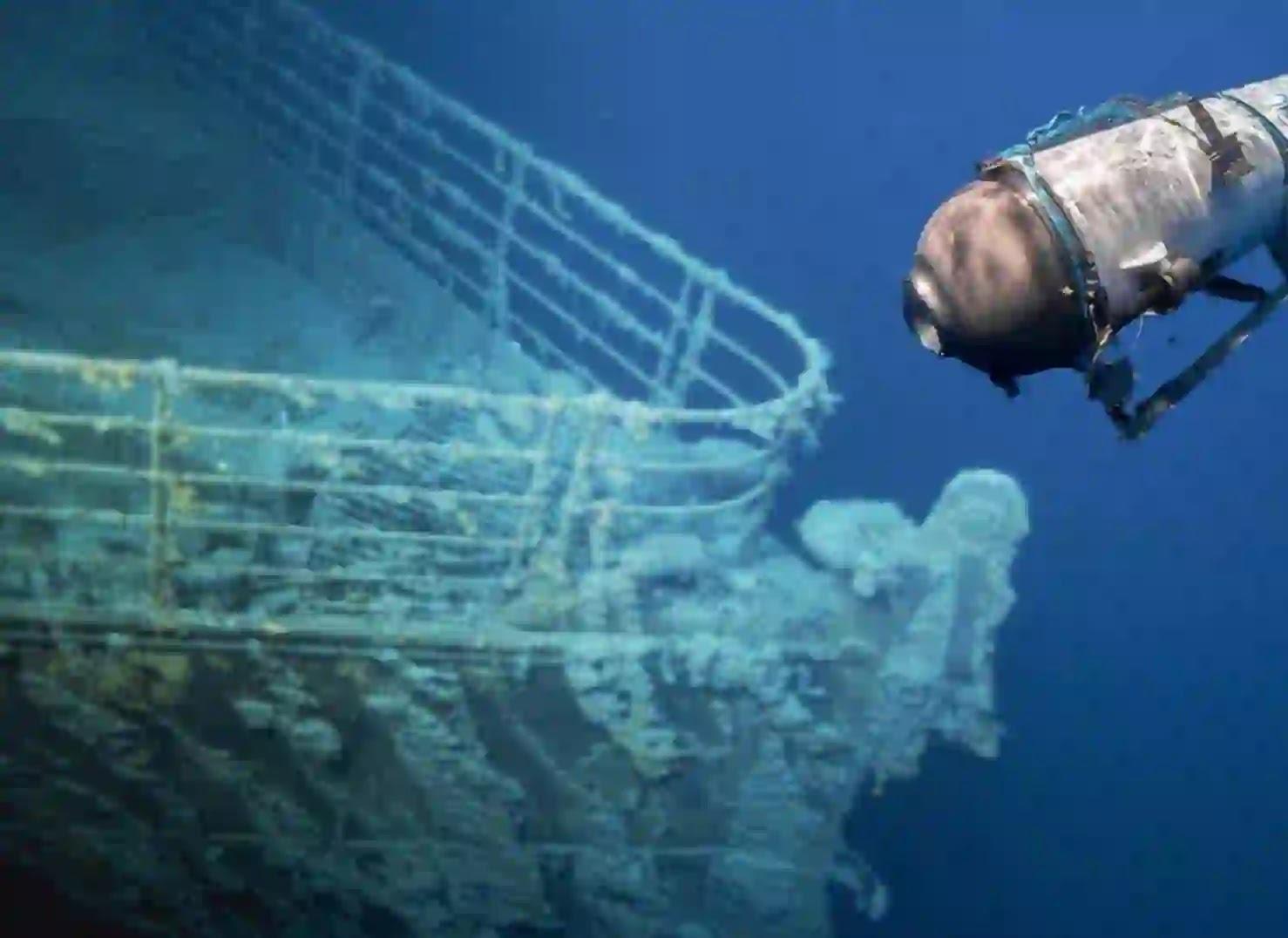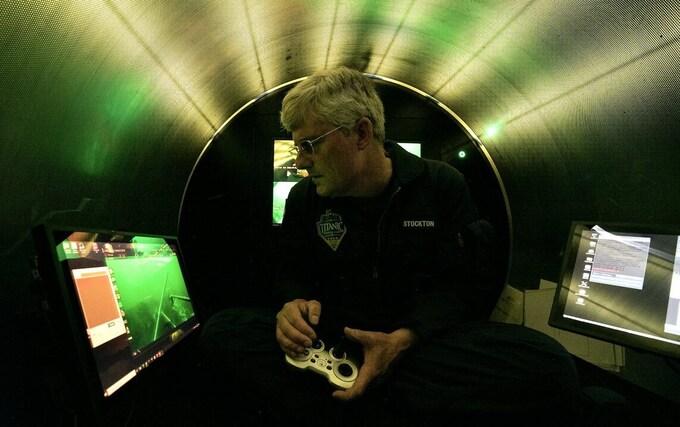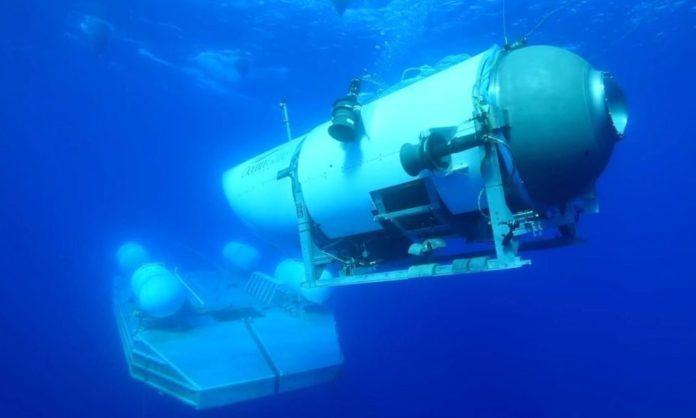Update (February 29th 2024):
In a shocking development, chilling new audio reveals the haunting “banging” sound detected during the search for the doomed Titan submersible. The search was initiated after the sub lost contact during an expedition to the Titanic wreck. The rhythmic banging sparked hopes of SOS signals from the five men aboard.
Former Navy Submarine Captain Ryan Ramsey described the sound as unusual and potentially human-made. The tragic incident claimed the lives of five individuals, including OceanGate Expeditions CEO Stockton Rush, British billionaire Hamish Harding, renowned French diver Paul-Henri Nargeolet, Pakistani businessman Shahzada Dawood, and his son Suleman.
OceanGate CEO, Stockton Rush, ignored safety concerns despite strong warnings before the loss of the titan submersible during the RMS Titanic Dive. The CEO of OceanGate Inc., Stockton Rush, was warned about potential safety problems years before his Titan submersible went missing while exploring the wreckage of the RMS Titanic.
He and four others, on the 22-foot vessel, were reported missing when they lost contact with a surface ship during a dive in the North Atlantic. Details have emerged about safety issues with the submersible, including a warning from experts that Rush apparently ignored.

David Lochridge And Complaints
In 2018, a former OceanGate employee and submersible pilot named David Lochridge filed a lawsuit against the company, claiming that passengers were being put in danger because OceanGate refused to conduct important safety tests on the submersible’s hull design. The lawsuit was later resolved outside of court.

During the same year, a group of experts sent a letter to Rush, warning him that his refusal to allow an independent entity to test the submersible’s safety was a serious problem. The letter stated that this testing was a crucial part of ensuring the safety of everyone on board submersibles. However, Rush dismissed the letter and chose to rely on the company’s own safety standards, claiming that industry regulations were hindering innovation. Despite concerns raised, Rush defended his position by stating that safety had its limits and that taking risks was necessary for progress. He argued that strict adherence to rules and regulations would hinder innovation.
Being Controlled by a $30 Video Game Console
It has also been noted that the Titan submersible used some inexpensive off-the-shelf components, such as a video game controller, despite selling seats for its Titanic expeditions at a high price. Furthermore, there were concerns about the submersible’s viewport, which was certified for lower depths than those required for exploring the Titanic wreckage. Overall, there were clear warnings about safety issues with the submersible that were disregarded, leading to the loss of the Titan submersible during the RMS Titanic dive.
What are your thoughts on this whole thing? Let us know in the comments below.
Stay tuned to Brandsynario for more news and updates.










































